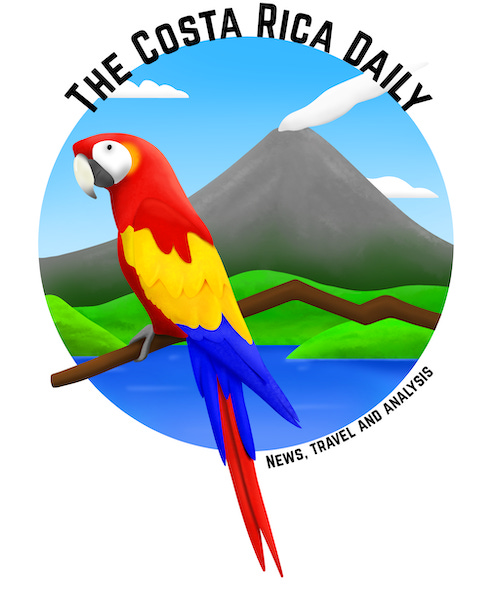30 years later: The 1991 Limón earthquake
The magnitude 7.7 quake had an epicenter near the port city of Limón.

The strongest earthquake in Costa Rica’s recorded history occurred exactly 30 years ago: At just before 4 p.m. on April 22, 1991.
The magnitude 7.7 quake had an epicenter near the port city of Limón, on the Caribbean coast of Costa Rica. It caused a two-meter tsunami in the southern Caribbean (the Cahuita / Puerto Viejo area) and similar events in Panama.
In Costa Rica, 48 people were killed, more than 500 people were injured and thousands were left homeless.
While the strongest shaking occurred in Costa Rica, the loss of life was actually greater in Panama, where 79 people died. The quake was also felt in El Salvador, Nicaragua and Honduras.
The damage caused by the seismic event complicated rescue efforts. Roads, bridges and other essential infrastructure was destroyed; some of the worst-hit areas were only accessible by helicopter.
Costa Rica received international aid to support rescue and recovery efforts, though it took months to rebuild. In some instances, such as with portions of the Atlantic railroad, a full rebuild never happened.
Due to its location on the Ring of Fire, Costa Rica is a highly seismic country. (Costa Rica itself is likely the product of this activity.) The strike-slip fault line in the Caribbean “has been the site of several historical earthquakes with magnitudes greater than 7.0.”
Costa Rica prepares for the eventuality of earthquakes through its building codes, which were partially responsible for the country’s relatively low loss of life in 1991. The National Emergency Commission (CNE) also organizes nationwide earthquake drills to help families and businesses practice their emergency response.
Models indicate Costa Rica could experience up to a magnitude 8.3 earthquake, but “since no events with such magnitude have ever been recorded in Costa Rica,” the models may be slightly overestimating seismic potential.
What to do during an earthquake
First and foremost, remain calm. Next:
If you are indoors: Get under a desk or table and hang onto it, or move into a hallway or against an inside wall. Stay clear of windows and heavy furniture.
If you are outside: Get into the open, away from buildings, power lines, and anything else that might fall on you.
If you are driving: Stop carefully. Move your car as far out of traffic as possible. Do not stop on or under a bridge or overpass or under trees, light posts, power lines, or signs. Stay inside your car until the shaking stops.
If you are in a mountainous area: Watch out for falling rock, landslides, trees, and other debris that could be loosened by quakes.
If you are near the ocean: Follow recommendations from local authorities, and heed tsunami-alert sirens. Follow posted evacuation routes to higher ground if necessary.
Instructions modified from the U.S. Geological Survey.
Today, on the 30th anniversary of the Limón earthquake, we remember those who lost their lives. May their memories be a blessing.
Support The Costa Rica Daily
Stories like this can only exist with your support. Thank you for allowing us to share our passion with you. We’ll be back next week!



